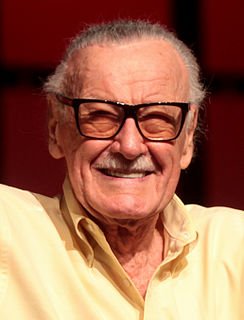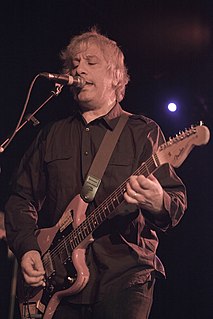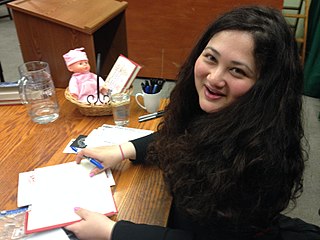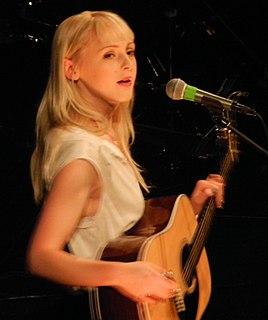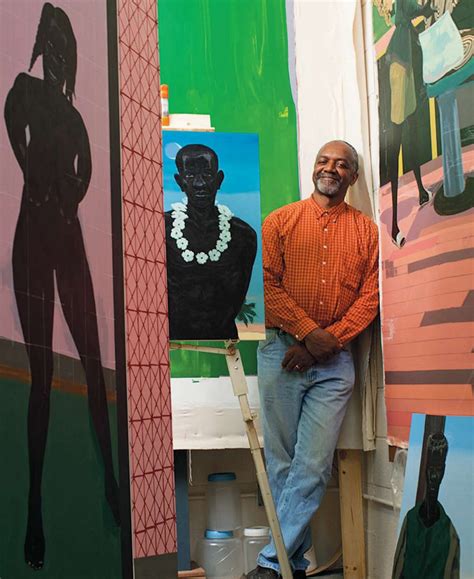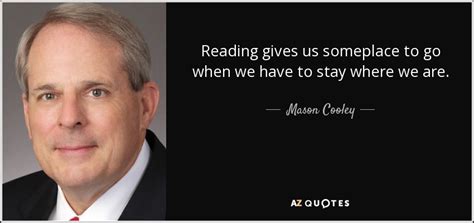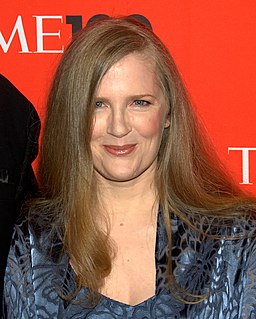A Quote by Stan Lee
In a sense, the artwork is the most important thing in getting somebody to buy a book. The person probably won't buy a book if he doesn't like the artwork. Once you buy it for the artwork, you hope that the story will also be good.
Related Quotes
Whenever I work on an album and the time comes to do all the artwork, the only thing I think of is the LP artwork. When we worked on the 'Electric Trim' artwork, we spent weeks and weeks making the LP artwork great, and then the CD artwork came together in a day or two. The LP is what's important to me.
Some things I won't do for any amount of money. That's so demoralizing and goes against every principle that I hold. It's like, okay, some rich people can buy me because I'm a talented guy. They can buy talent. You can't buy it for yourself, but you can buy other people's talent to serve your purposes. And once an artist does that, he becomes like a plaything of the rich. You know, some of these wealthy collectors have paid lots of money for artwork that I already did, but I didn't do it with the intention of catering to them.
